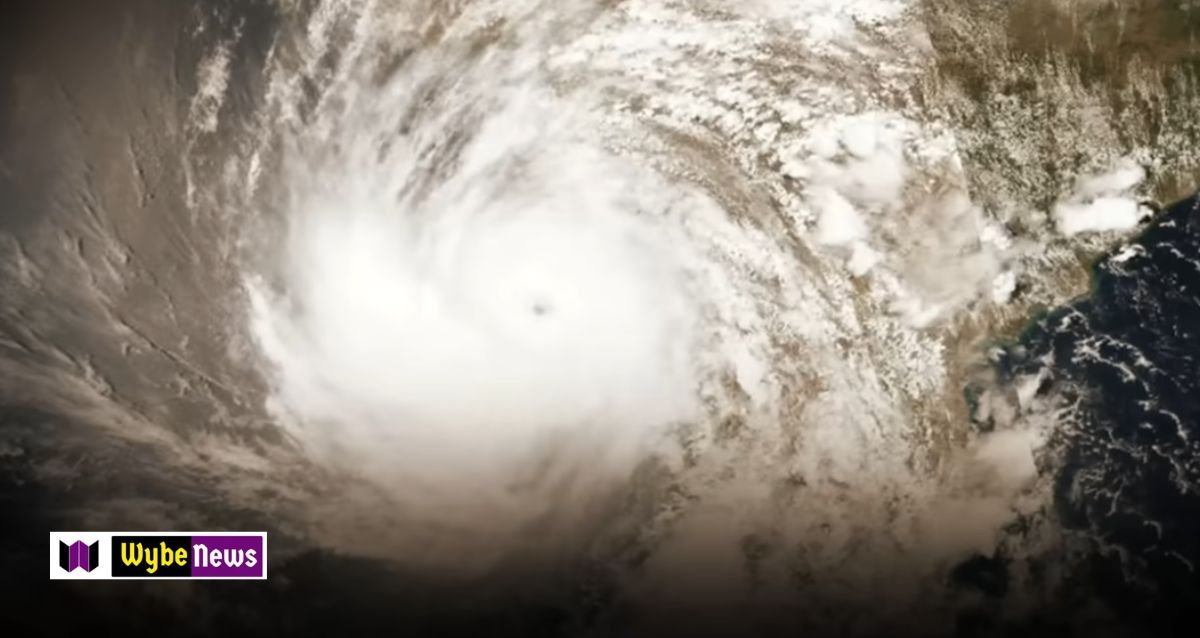Study Reveals Start Date of “Doomsday Glacier” Melt, Raising Sea Level Concerns

A new study published in the Proceedings of the National Academy of Sciences sheds light on the troubling past of Antarctica’s Thwaites Glacier, ominously nicknamed the “Doomsday Glacier” due to its potential for catastrophic sea level rise if it were to collapse entirely.
The research team, using marine sediment cores, has pinpointed the start of the glacier’s rapid retreat to the 1940s. This period coincided with a powerful El Niño event, a natural climate phenomenon known to cause warming. The concerning aspect, however, is that the glacier hasn’t recovered since, likely due to the compounding effects of human-induced global warming.
Thwaites Glacier is a colossal force in Antarctica’s icy landscape. It’s the widest glacier on the continent, roughly the size of Florida, and already contributes significantly to rising sea levels – shedding billions of tons of ice annually and accounting for 4% of global sea level rise. A complete collapse could cause sea levels to surge by over two feet.
However, Thwaites plays an even more critical role. It acts as a kind of “cork” holding back the vast West Antarctic Ice Sheet. If Thwaites were to fail, the stability of the entire ice sheet, containing enough water to raise sea levels by at least ten feet, would be compromised, potentially leading to devastating global floods.
The new study’s findings echo prior research on the Pine Island Glacier, another major Antarctic ice stream, which also began retreating rapidly in the 1940s. This alignment underscores the urgency of addressing climate change, as even seemingly minor historical fluctuations can trigger long-term glacial retreat with potentially dire consequences.
Scientists will undoubtedly continue to study the Thwaites Glacier, aiming to understand its future behavior and develop strategies to mitigate the risks it poses. The fate of this “Doomsday Glacier” may well be a harbinger of what’s to come for Antarctica and coastlines around the world.




